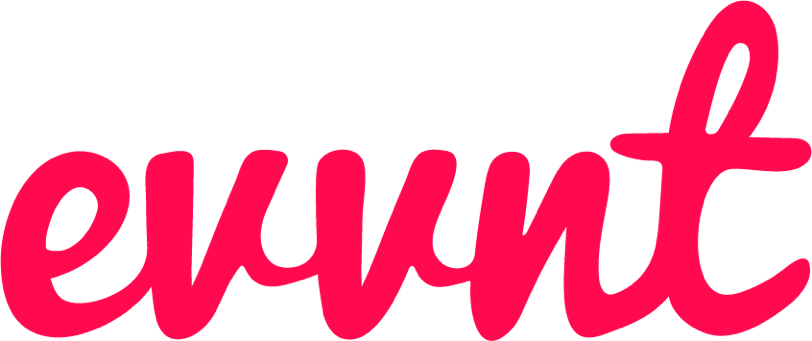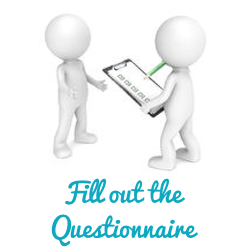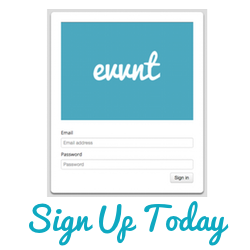
How often are you underwhelmed by the success rates of your marketing efforts?
Be honest!
Are you really happy with your current conversion rates? How many people actually buy a ticket after you’ve emailed them yet another discount code? How many people actually booked on your event after that tweet?
If you’re completely happy with your existing marketing efforts, high five the person next to you and go grab a drink, there’s no need to read on!
However, if you’d like to up your game, lets try and look at things in a new light.
Review
Firstly, you should do a quick audit of your existing marketing.
How many communications (via email, Facebook, Twitter etc.) are asking for a sale directly? Whether it’s a discount code, a special offer or similar, how many times are you essentially asking for someone to jump straight into a purchase?
If it’s 80% or higher, then this is probably where your problem lies.
It’s like asking a stranger to jump straight into bed with you, skipping the dates and courting that usually happens first! It’s not typically a recipe for success, and certainly not an efficient one.
Create a funnel
Most people don’t think or act this way in real life situations like dating, so you probably shouldn’t in your marketing strategy either.
Time to think of your marketing in terms of a funnel. Let’s look at what this means in practice.
Awareness
At the top of your funnel you have awareness.
This is where you do eye-catching, attention-grabbing marketing. It should be bold and frequent, and its aim is to introduce people to you and your event – without asking for anything in return. A great way of generating top-of-funnel awareness is through listing sites, which is made incredibly easy and efficient with evvnt.
Awareness is typically measured with metrics like traffic, video views or impressions. In dating terms, this is where you’re having an initial conversion with someone, before asking them out to dinner.
Intent
Next you need to generate interest or intent in your event, which is measured by some form of small commitment.
To help move people down the funnel and gain this commitment, you need to offer something of value. Something they need or want. This could be a special tool, a report, a guide or an insightful newsletter.
In exchange, they will typically provide you with their contact details (ideally), or a Facebook like or a retweet – something that requires a positive action on their part. While the second two are weaker forms of commitment, they’re still an engagement with your brand, and even these small acts and be powerful drivers of action.
In dating terms, this is where you would invite them to a nice restaurant or cool bar, in order to snag that first date
Sale
Now you can get to the point where you should ask for the sale*.
For example, once someone has downloaded your free report, it’s much easier to say “Hey John, we see you downloaded and read our free report! How was it? If you found that information interesting, then you just have to check out our amazing line-up of experts at this year’s event.”
Even better, why not add something like this:
“You can register here – and if you’d be kind enough to share the report just once on Twitter – we’ll follow-up with a special discount code for 20% off!”
See that give and take again?
*There may be several layers to the funnel, and several steps back and forth between awareness and intent, before you get the sale. However console yourself that with each step, you get closer, and without the funnel, you probably would never generate the sale.
In dating terms, this is of course the idea of going on multiple dates before you may decide to ‘put a label on it’ or invite them up for a night cap…but that’s enough of that analogy!
Look at new metrics
With the funnel approach to marketing, you’ll need to rethink your marketing metrics. You can no longer just judge the success of your communications based on sales generated. Instead you’ll need to have one key metrics for each stage of the funnel.
I’ve briefly mentioned them above, but to recap:
- Awareness: This can be measured in impressions, traffic, social mentions, video views or similar.
- Intent: This can be measured in gated downloads, newsletter subscribers, retweets / shares or Facebook likes.
- Sales: This is your traditional metrics, how much money has been made?
Refine
A powerful feature of funnel marketing is the ability to refine your campaigns based on each part of the funnel, rather than just having a binary ‘success-fail’ view, which happens when every message has to result in a sale.
For example, if you know that your conversions are high at every level of the funnel, then you can concentrate more on growing awareness, as you can be confident that will result in more sales.
However if you have a ton of awareness but few sales, you can start to drill down and understand here something is broken. Are people converting from downloads to sales, but not from awareness to downloads? In which case you can try and fix conversions at that point of funnel, maybe by offering a better download, or a more prominent CTA.
Or are they subscribing like gangbusters to your newsletter but not buying anything? In which case you should check the relevance of your content to your end product, maybe there’s a misalignment and you’re appealing to the wrong people. Perhaps you just need to fix your registration system and make it super simple for people to register (think: use Eventbrite!)
An example
Let’s say you currently reach 10,000 people with your sales-focused marketing messages, and you have a 1% conversion rate. That’s 100 tickets sold. Chances are you’ll also be relying on discounts (which drives down profitability), but we’ll set that aside.
Wanting to test out the funnel model, you decide to make half of those messages focused on offering great content, while keeping the other half sales focused.
Of those 5,000 non-sales messages, 10% of people download your amazing free eBook. That’s 500 new contact details, and 500 small indications of intent.
Because these new contacts are warm and they know you offer valuable content, you manage a 20% conversion rate.
That’s 100 sales. Plus 1% from your sales channel = combined 150 ticket sold, a 50% increase!
Now imagine if you got good at optimising each stage of the funnel until you had 20% download rates and 25% conversion from download to sales. That would result in 350 ticket sold in total, a whopping 250% increase!
As you can see, the funnel model for event marketing could be a powerful driver of ticket sales in your future, so why not give it a go?
Want to know more?
If you found this post useful, join Eventbrite for a free webinar on ‘‘How to Sell Your First Event Tickets’’, which takes you through a step-by-step guide that will help you sell your first tickets and start to build momentum towards a sell-out event.
It takes place Thursday, September 18, 2014 from 2:00 PM to 3:00 PM (GMT). Register your place now.
 This is a guest blog by Mark Walker. Mark is the Content & Social Marketing Manager for UK & Ireland at Eventbrite. Mark regularly blogs about marketing, events and business. You can read more at the Eventbrite blog, follow on Twitter or Facebook and connect on LinkedIn. Eventbrite is an online self-service ticketing platform available for anyone around the world to manage, sell and promote tickets to their events. They’ve helped organisers sell over £2 billion-worth of tickets since 2006, and they’re always free for free events.
This is a guest blog by Mark Walker. Mark is the Content & Social Marketing Manager for UK & Ireland at Eventbrite. Mark regularly blogs about marketing, events and business. You can read more at the Eventbrite blog, follow on Twitter or Facebook and connect on LinkedIn. Eventbrite is an online self-service ticketing platform available for anyone around the world to manage, sell and promote tickets to their events. They’ve helped organisers sell over £2 billion-worth of tickets since 2006, and they’re always free for free events.
How do you feel about ‘funnel thinking’, do you think it’s the next big thing? Let us know your thoughts in the comments down below.
“Image source – Flickr , usage under Creative Commons license (https://creativecommons.org/licenses/by/4.0/)”



